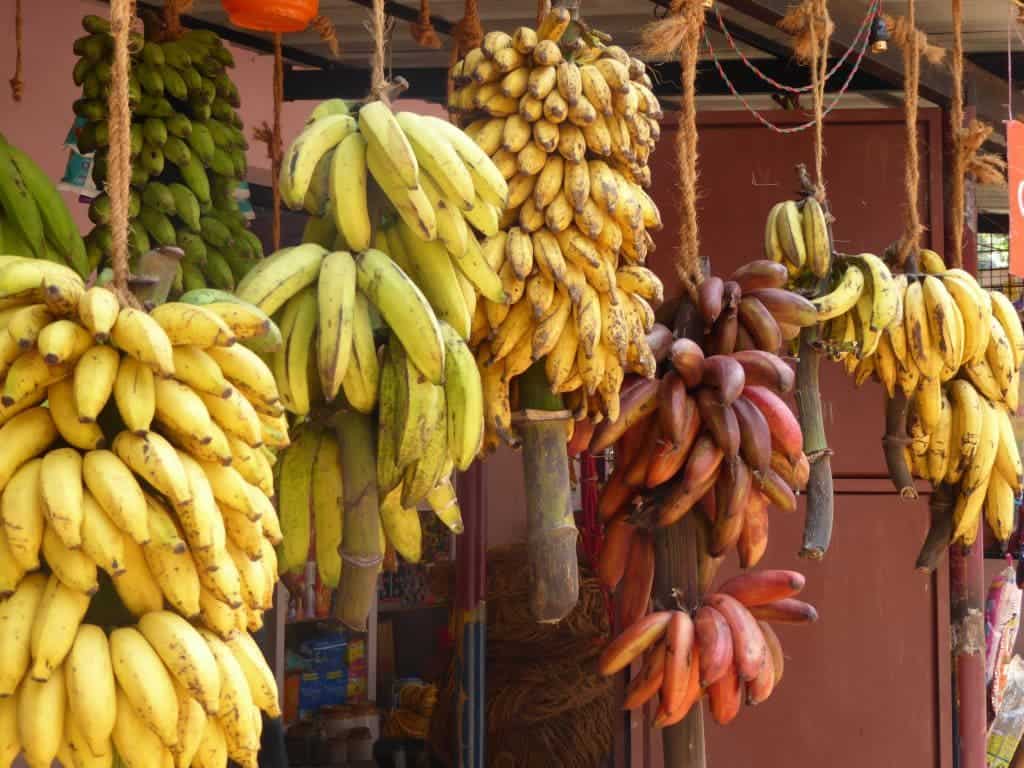Bananas are under threat from disease and climate change. A genetic tool can help.

Bananas are one of the most important food crops in the world. They’re an essential source of food and income for illions of farmers in resource-poor countries, and the overall banana production worldwide surpasses 155 million tons a year. But bananas are under pressure.
All the cultivated banana varieties are susceptible to diseases — and Banana xanthomonas wilt (BXW) is particularly problematic. BXW is a bacterial disease that has emerged as one of the largest threats to bananas. Overall economic losses from the disease were estimated at US$ 2–8 billion over a decade.
While all crops have some pests, being pretty much clones doesn’t really help the case — bananas are commercially propagated through cuttings, which means that banana growers virtually clone the plants. This lack of genetic variety makes them doubly susceptible to pests and disease, and we’ve seen in the past that infections can wipe out entire cultivars of bananas (until the 1950s, the Gros Michel banana cultivar was dominant, and it was wiped out by an outbreak of the Panama disease; now, Cavendish bananas account for around half of the global production, but they too are vulnerable).
With this in mind, researchers from the International Institute of Tropical Agriculture (IITA) scientists in Kenya set out to use genetic modifications to produce more resilient bananas. They used CRISPR/Cas9, a precise but also relatively affordable gene-editing tool, a discovery that earned a Nobel Prize in 2020.
“Recent advances in CRISPR/Cas-based genome editing can accelerate banana improvement,” the researchers write in the study. “The availability of reference genome sequences and the CRISPR/Cas9-editing system has made it possible to develop disease-resistant banana by precisely editing the endogenous gene.”
They focused on a gene called downy mildew resistance 6 (DMR6), a gene that has previously been shown to be important for many plants in fighting disease. During pathogen infection, the expression of this gene works to reduce or suppress the plant’s immune function — so if the gene were to be switched off, the plant’s immune system could be turbocharged.

The plants edited with CRISPR showed increased resilience to the disease, in some cases by up to 66% more resilient. Other than the increased resilience, there seemed to be no differences.
“Growth trial of three replicates of the potted plants of all the edited events under the greenhouse conditions showed normal growth with no morphological differences,” the study reads.
However, the researchers note that the study needs to be replicated on a larger sample size and in more realistic soil conditions, as this study was carried out on potted plants.
With bananas under threat from multiple pathogens, approaches such as this one can make all the difference. It’s not just pathogens, either — climate change has also been shown to have a damaging effect on bananas.
The study was published in Plant Biotechnology Journal.


